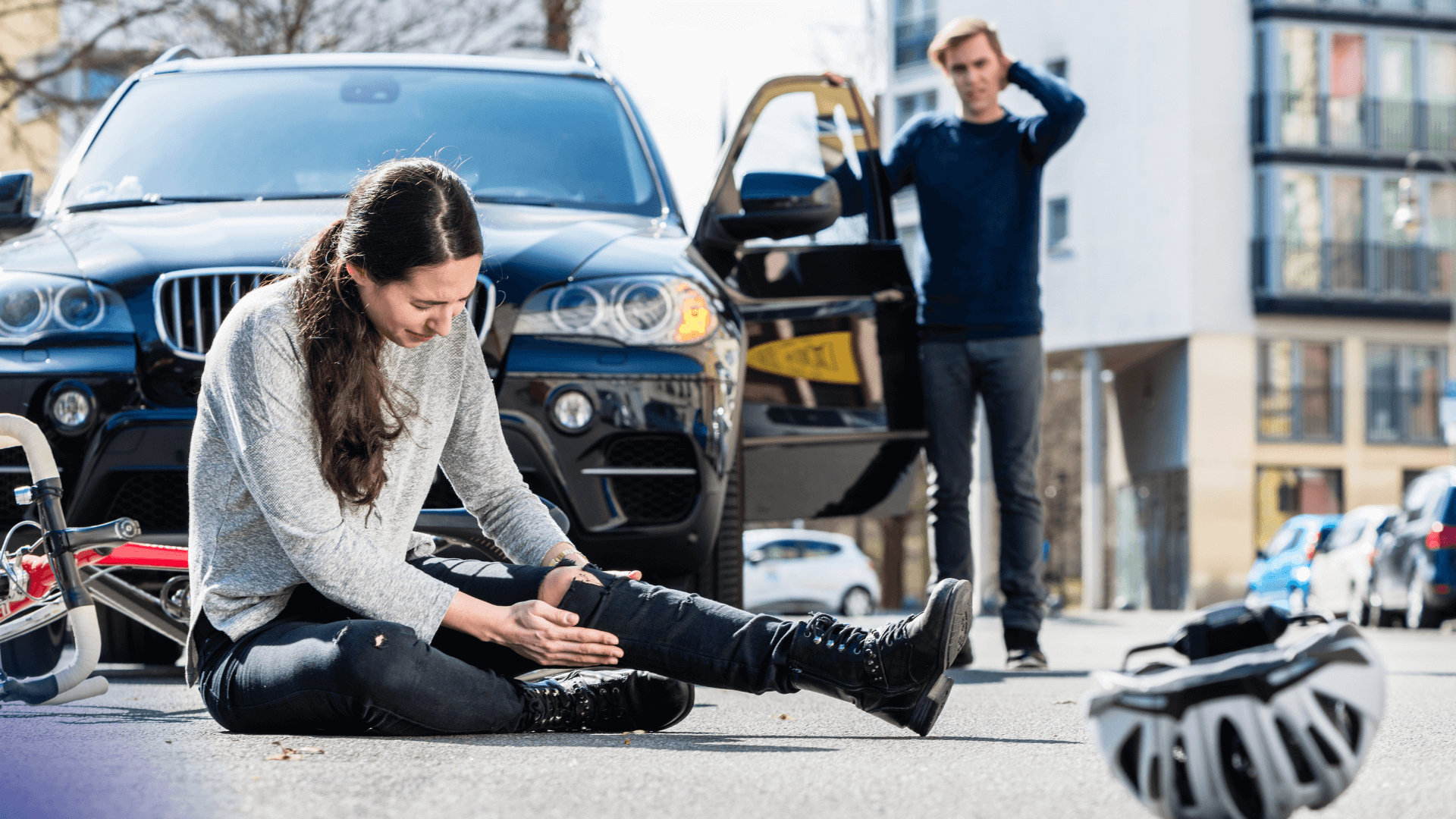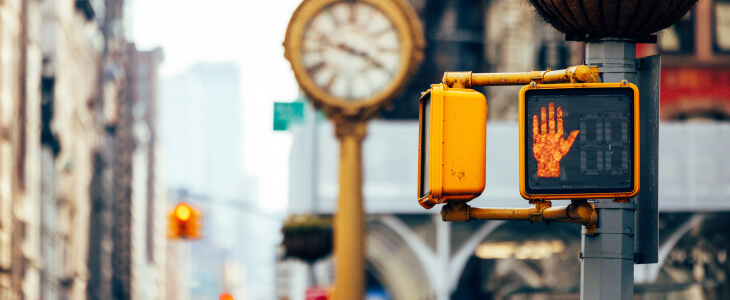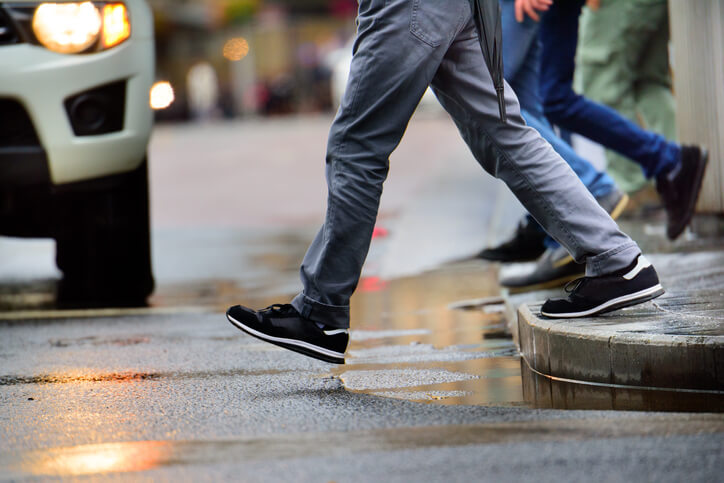Pedestrian accidents can lead to severe injuries, and understanding the legal responsibilities of drivers and pedestrians is crucial for victims seeking compensation. Here’s what you need to know about liability in pedestrian accidents.
Legal Responsibilities of Drivers and Pedestrians
Drivers and pedestrians both have specific duties to ensure safety on the roads. Drivers must:
- Yield to pedestrians at crosswalks.
- Obey traffic signals and signs.
- Exercise caution in residential areas and near schools.
- Avoid distractions while driving, such as using a cellphone.
Pedestrians also have responsibilities, including:
- Using designated crosswalks and obeying traffic signals.
- Being aware of their surroundings and not assuming drivers see them.
- Avoiding sudden movements into the path of vehicles.
Determining Liability
In pedestrian accidents, determining liability involves assessing the actions of both parties. Key factors include:
- Negligence: If a driver fails to follow traffic laws or drive safely, they can be held liable.
- Comparative Fault: In some cases, both the driver and pedestrian may share fault. For example, if a pedestrian jaywalks while a driver is speeding, both may be partially liable.
Seeking Compensation
Victims of pedestrian accidents can seek compensation for various damages, including:
- Medical Expenses: Covering the costs of immediate and long-term medical care.
- Lost Wages: Compensation for time away from work due to injuries.
- Pain and Suffering: Monetary compensation for physical pain and emotional distress.
- Punitive Damages: In cases of extreme negligence or recklessness by the driver.
Steps to Take After a Pedestrian Accident
If you are involved in a pedestrian accident, follow these steps:
- Contact the Police: Calling the police while you are at the accident scene is crucial to ensure all relevant information related to the accident is documented, including insurance information for the at-fault party.
- Seek Medical Attention: Immediate medical care is crucial for your health and documentation.
- Document the Scene: Take photos, gather witness statements, and obtain a copy of the police report.
- Consult an Attorney: An experienced personal injury attorney can help navigate the legal process and ensure your rights are protected.
Conclusion
Pedestrian accidents can have life-altering consequences. Understanding the legal responsibilities and knowing how to seek compensation is essential for victims.
At Cooper Schall & Levy, P.C. we specialize in pedestrian accident cases. Our dedicated attorneys will work tirelessly to ensure you receive the compensation you deserve. Contact us today for a free consultation.





